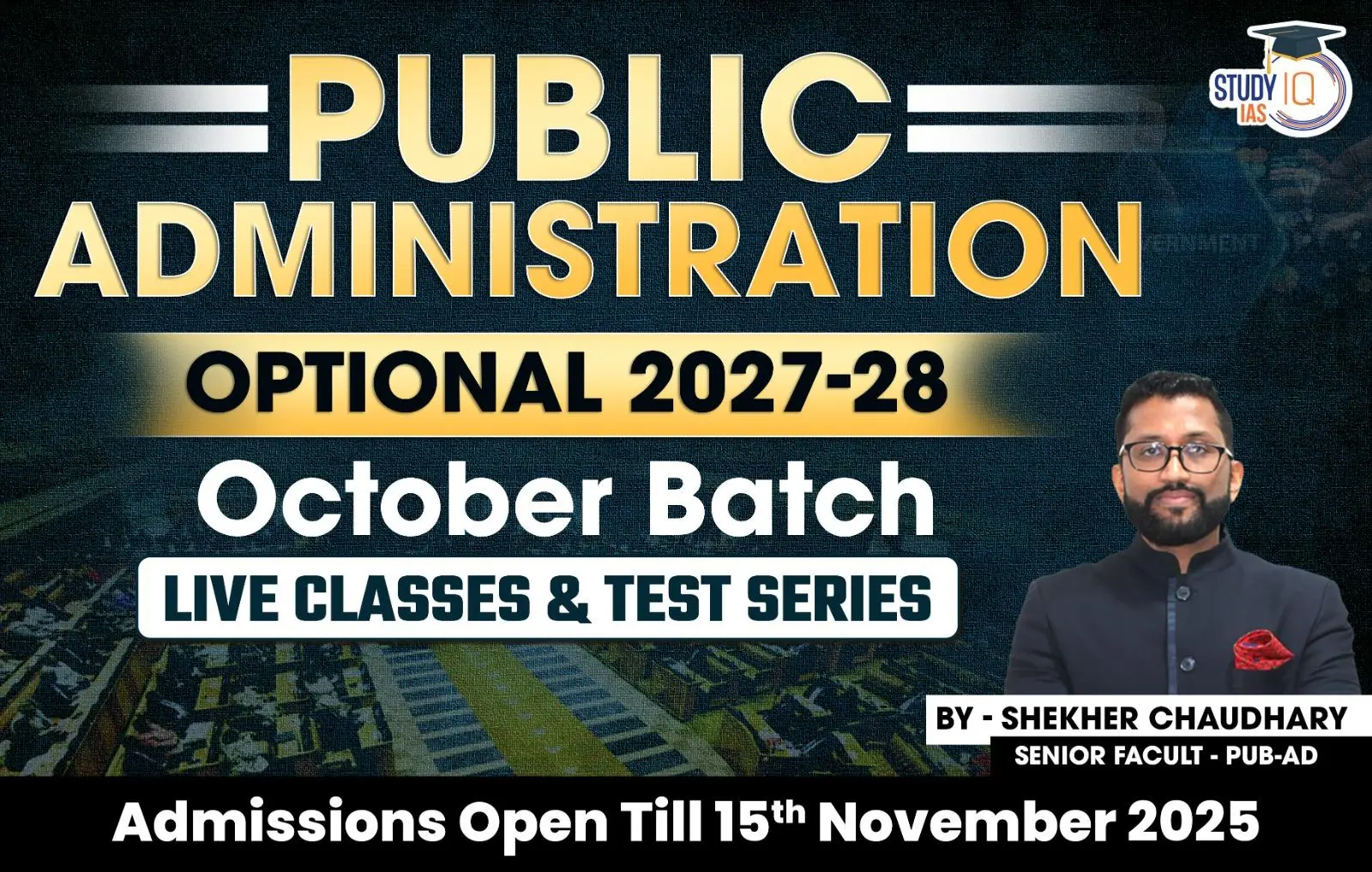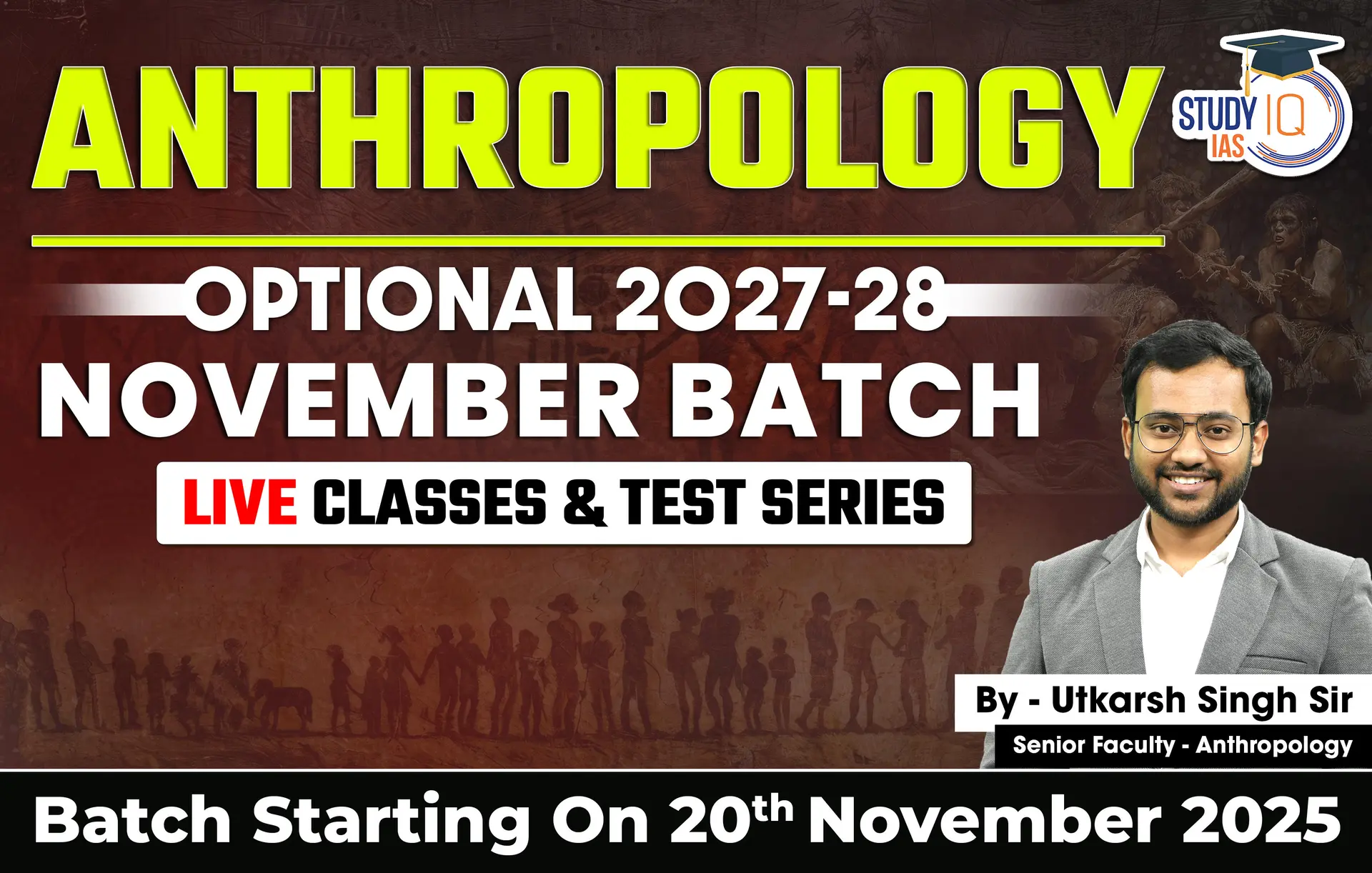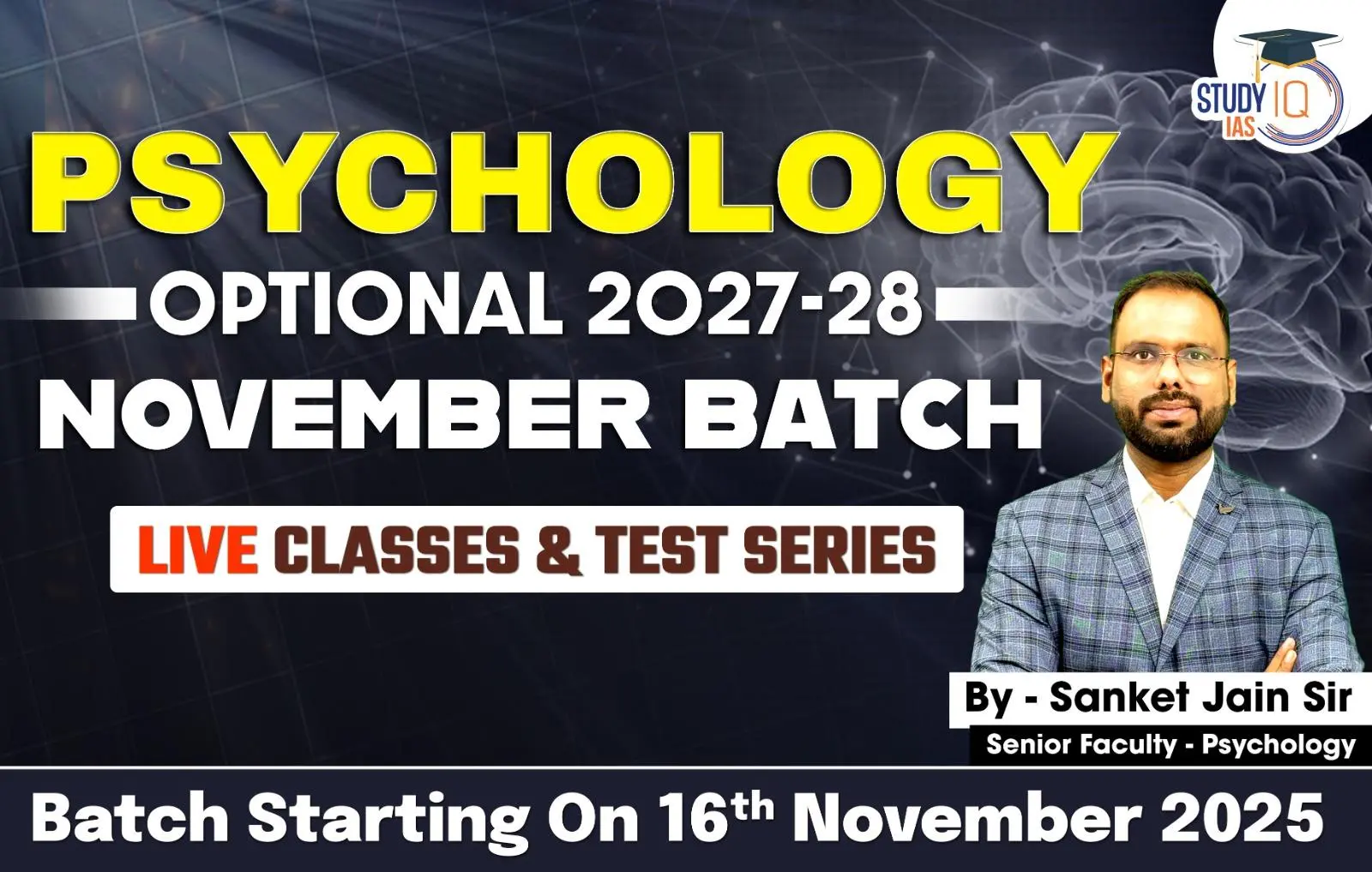Table of Contents
Context
- India’s BioE3 Policy and IndiaAI Mission signal a push to fuse artificial-intelligence tools with the nation’s proven strengths in biomanufacturing.
- AI can turn India from the “pharmacy of the world” into a design-and-discovery powerhouse—but only if regulation, data practice and skills keep pace.
AI and Biomanufacturing: Why AI Matters in Biomanufacturing
| Area | AI-Driven Pay-off | Indian Examples |
| Process optimisation | Predicts deviations, tunes parameters in real time → higher yields, fewer failed batches | Biocon uses AI analytics to fine-tune fermentation runs |
| Digital twins | Virtual replicas let engineers test changes without halting production → faster scale-up | Emerging “Bio-AI Hubs” in the BioE3 blueprint |
| Drug discovery & design | In-silico screening of millions of compounds → shorter R&D cycles, lower cost | Strand Life Sciences’ genomics AI, Wipro molecular-design tools |
| Quality & compliance | Continuous data streams + anomaly detection → tighter GMP compliance, quicker audits | Tata Consultancy Services’ AI dashboards for clinical-trial quality |
| Supply-chain resilience | Demand forecasting & predictive maintenance → fewer shortages, steadier exports | AI-enabled logistics pilots for vaccine cold-chains |
Roadblocks and Risks
- Fragmented, legacy regulation: 2005-era drug rules don’t cover self-learning control systems or “software as a manufacturing step.”
- Data-governance gaps: Diverse, messy datasets risk bias; Digital Personal Data Protection Act 2023 lacks sector-specific guidance for bio-AI.
- Credibility & safety assurance: No Indian equivalent of the FDA’s “Predetermined Change-Control Plans” or EU “risk tiers.”
- Talent & infrastructure divide: AI/biotech skills clustered in metros; Tier-II plants lack sensors, secure cloud, high-quality power.
- IP & inventorship ambiguity: AI-generated molecules challenge current patent norms; ownership of training data unclear.
- Cyber-biosecurity threats: Networked equipment widens the attack surface for data theft or process sabotage.
What India Should Do — Action Agenda
- Adopt Risk-Based, Flexible Regulation: Develop new guidelines under the Central Drugs Standard Control Organisation (CDSCO) for AI in biomanufacturing.
- Classify AI tools based on risk, similar to the U.S. Food and Drug Administration (FDA) and European Union (EU) rules.
- Make it mandatory for developers to clearly define how the AI will be used and ensure real-time monitoring of its performance.
- Set Clear Data Standards and Audit Systems: The Bureau of Indian Standards (BIS) should release standards for biomanufacturing data — covering diversity, data sources, and bias control.
- Require companies to maintain secure and tamper-proof records of how AI models are updated over time.
- Create Testing Grounds and Innovation Zones: Speed up the creation of “Biofoundries” under the BioE3 Policy as experimental zones for AI in manufacturing.
- Establish government-funded centres to test and approve AI models used in drug production.
- Build Skilled Workforce and Expand Beyond Cities: Introduce AI and biotechnology courses in Indian Institutes of Technology (IITs) and National Institutes of Pharmaceutical Education and Research (NIPERs).
- Offer funding to train workers and set up infrastructure in smaller cities and towns.
- Provide subsidies for buying smart sensors and internet-connected systems for rural or semi-urban biotech units.
- Clarify Rules on AI-Driven Innovations and Data Sharing: Update the Patents Act to clearly define who owns inventions made by AI systems.
- Create easy-to-use legal templates for companies and research labs to share genetic and production data fairly and securely.
- Partner with Global Agencies to Build Trust: Join international forums like the Organisation for Economic Co-operation and Development (OECD) and the International Council for Harmonisation (ICH) to align on AI safety rules.
- Sign agreements with other countries to recognise each other’s AI-approved manufacturing practices.


 Advanced Air Defence Radars: Types, Comp...
Advanced Air Defence Radars: Types, Comp...
 Ion Chromatography, Working and Applicat...
Ion Chromatography, Working and Applicat...
 Broadly Neutralising Antibodies (bNAbs):...
Broadly Neutralising Antibodies (bNAbs):...
























